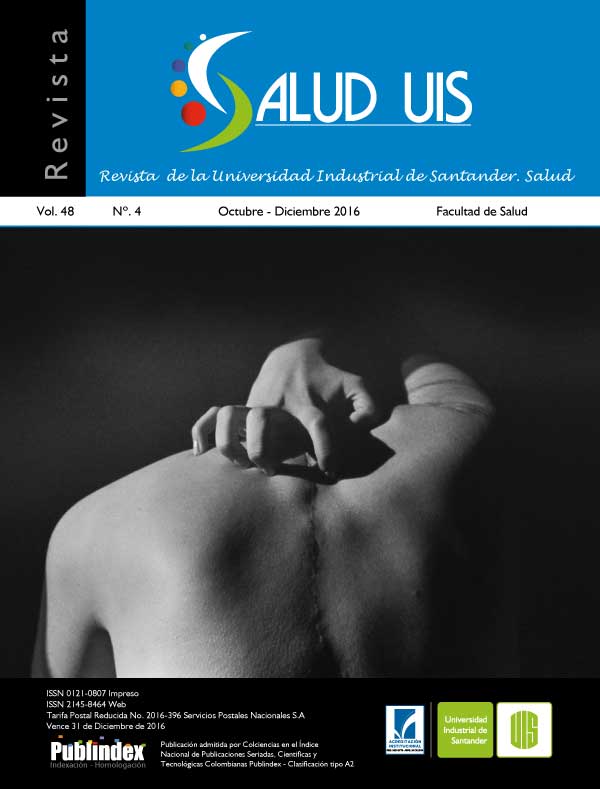Abstract
Introduction: Pulmonary rehabilitation programs must include educational activities focused on the acquisition of necessary knowledge and skills to control the disease and approach treatment appropriately. Objective: To analyze treatment adherence and inhalation technique in patients referred to pulmonary rehabilitation program of Fundación Neumológica Colombiana and evaluate changes in them at the end of the outpatient program. Methodology: Pretest – posttest design in patients older than 18 years. The inhalation technique was assessed using the EDEN scale, and adherence was scored with modified questions from the Morisky medication adherence scale. Results: We analyzed 320 patients. The percentage of patients who used inhalers correctly before starting the rehabilitation program ranged between 9% and 19%; the most common mistake was not exhale the air before starting inhalation. Upon completion of the program the percentage of patients performing a correct inhalation technique ranged between 61% for metered dose inhalers to 83% for dry powder inhalers. Adherence to inhalers before the program was 58%, with neglect and forget being the main reasons encountered. It improved in 86% of evaluated patients. Conclusion: A small percentage of patients referred to pulmonary rehabilitation program applied the inhalation technique correctly; educational instruction in a pulmonary rehabilitation program improved the technique and adherence to inhalers in a significant percentage of patients.

This work is licensed under a Creative Commons Attribution 4.0 International License.
Copyright (c) 2022 Vilma Gómez P., Carlos Aguirre F., Paola Arévalo M., Angela Hernández P., Alejandro Casas H.
